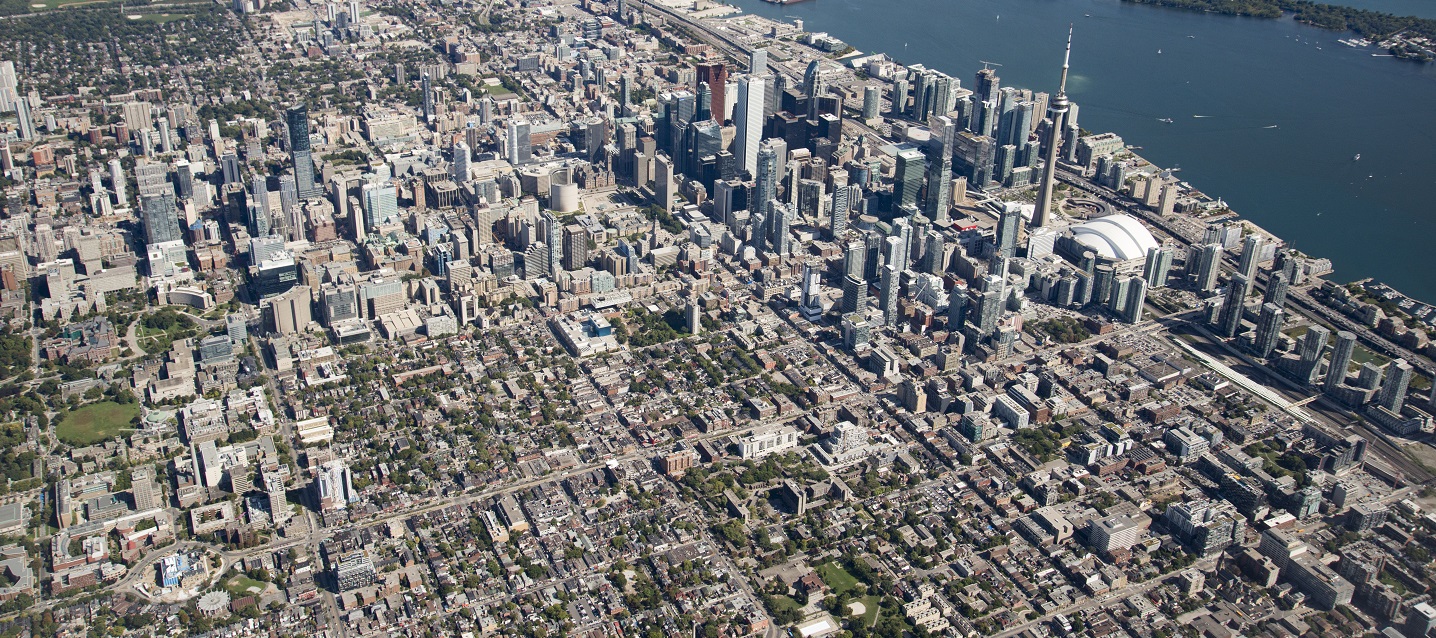Now more than ever, there needs to be a better understanding of green infrastructure and how it can help us stay safe, save money and build stronger communities for a brighter, cooler and cleaner future.

Cooling centres are public spaces where residents can come to cool down and get water. The initiative intensified this summer after Environment Canada issued multiple heat and air quality warnings across Ontario.
Cooling centre locations include:
- Government-run senior centers
- Community centers
- Parks and recreation sites
- Public buildings, such as libraries
Cooling centres serve an important purpose, as extreme heat and air pollution pose great danger to citizens (including heat stroke, heart attacks, asthma attacks and more).
However, while cooling centres offer a good short-term solution to intense urban heat, they also highlight the need for greater accessibility to green infrastructure (GI), especially in dense urban areas.
GI is a long-term solution that reduces the urban heat island (UHI) effect and makes outside a safer place to be.
Grey surfaces like concrete and steel trap and radiate heat, which accumulates during the day, releases throughout the night, and drastically raises temperatures.
The image below, from the Region of Durham report Keeping Our Cool: Managing our Urban Heat Islands (2018), provides a clear visual representation of the UHI effect.

The report noted that UHIs are associated with increased development and urbanization, and concluded that as Durham Region continues its growth (projected to double in size by 2041) the state of the local economy, society, and environment is likely to deteriorate unless the region invests in a brighter, cooler, and cleaner future with GI.
Today, with increasing temperatures and air pollution levels, larger and older populations, and even less space to explore (thanks to COVID-19 pandemic closures), the need to focus on GI is even greater.
Green or “natural” infrastructure, such as green roofs, community gardens, urban parks, permeable pavement, ravines, and bioswales, can virtually eliminate the UHI effect. These projects include plants and trees, which absorb heat, provide shade, clean air naturally, and are more resilient in extreme weather. They help make the environment safe while also providing a multitude of other benefits.
